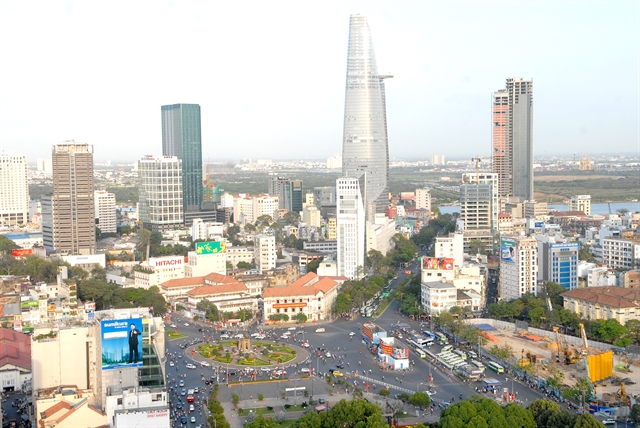 Economy
Economy

Southeast Asia’s economic growth will rebound to 6.2 per cent in 2021 with Việt Nam achieving 8 per cent growth, according to the latest economic outlook report from Oxford Economics commissioned by chartered accountancy body ICAEW.

|
| Việt Nam’s GDP is expected to grow by 8 per cent this year. — VNS Photo |
HCM CITY — Southeast Asia’s economic growth will rebound to 6.2 per cent in 2021 with Việt Nam achieving 8 per cent growth, according to the latest economic outlook report from Oxford Economics commissioned by chartered accountancy body ICAEW.
GDP across the region contract by 4.1 per cent in 2020, with countries that had been successful in controlling the pandemic like Việt Nam and Singapore leading the recovery.
Indeed, Việt Nam was expected to be the only economy to record positive growth in 2020.
The rebound was in part due to the low-base effect of 2020, but policies were set to remain very accommodative with extensive fiscal support and low interest rates.
Prolonged lockdowns and social distancing measures in the region were forecast to cap global GDP growth in 2021, making it unlikely that a return to pre-COVID GDP and trade activity would take place before late 2021.
In Southeast Asia, growth would likely be constrained by social distancing measures, but restrictions would continue to be eased over this year, especially in economies that would be able to roll out vaccines relatively quickly.
An economic rebound in 2021 remained contingent on the easing of lockdown restrictions, global recovery momentum and the successful roll-out of vaccines.
Progress on vaccination would be an important barometer for growth, with services likely to catch up faster in economies better placed with regard to vaccine procurement and distribution.
Southeast Asia experienced a three-speed recovery, with differences primarily driven by the varying success of countries’ ability to contain fresh waves of infection and implement lockdown exit strategies to safely reopen their economies and fiscal and monetary policy support.
Mark Billington, ICAEW regional director, Greater China and South-East Asia, said: “The biggest concern for Southeast Asian economies is keeping additional waves of infection at bay while gradually bringing society and economic activities back to speed.
“The interconnectedness of the global economy means that countries will have to work collectively to strengthen their pandemic response plans and address the dual challenges of resuming business activities while keeping their people safe.”
Despite the predictions of an economic rebound in 2021, there remain major uncertainties that could affect post-pandemic recovery, such as slow progress in the roll-out of mass vaccination programmes, a global second wave resulting in another global lockdown and a financial crisis leading to major economic damage.
Optimistically, vaccine breakthroughs and post-election US stimulus could also speed up near-term recovery and avoid long-term damage, the report said. — VNS